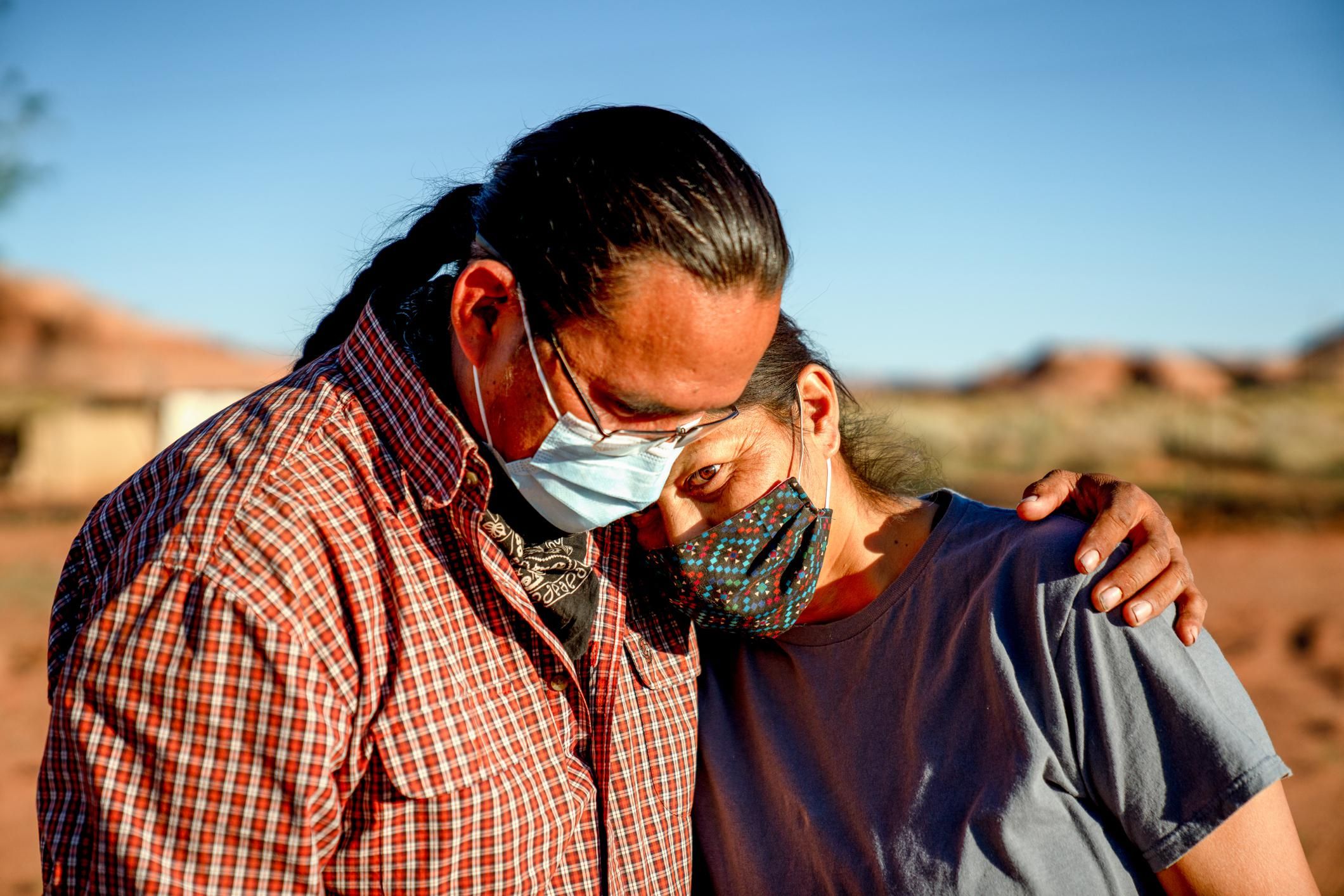When I entered the pharmacy last month for my flu vaccine, it was the first time I'd stepped into a store since the pandemic began. Walking down the bright aisles felt surreal, and as I stood at the counter waiting my turn, I listened as strangers spoke of rising COVID-19 cases in our New York suburb.
When my name was called, I warily stepped into the tiny room and felt grateful that both the technician and I were wearing masks. I was thankful too for how easy it was for me to get my vaccine and the privilege I have that gave me the freedom to go get my shot.
Immunizations and healthy adults
Most people know the influenza vaccine is recommended for those with risk factors, but many don't realize that several other immunizations are important for healthy adults, too. Dr. Lisa Larkin, founder of Ms. Medicine and member of HealthyWomen's Women's Health Advisory Council, asserts the importance of adult vaccines, such as the human papillomavirus (HPV) vaccine, the pneumococcal and shingles vaccines for certain individuals, and the influenza vaccine.
"We know [the flu vaccine] impacts the severity of the disease by 40% to 60% and . . . has huge benefits for the individual in terms of preventing serious illness," she said.
Immunizations also protect those around you. This year, the pneumococcal and influenza vaccines are particularly important. According to Dr. Julita Mir, an infectious disease physician, the fewer respiratory illnesses we have right now, the better. Fewer cases of influenza and pneumonia mean more space in the healthcare system for patients with COVID-19. Immunizations also help doctors when patients have respiratory symptoms.
"The more vaccinated individuals are, the more [it helps] the clinicians figure out the path to make a diagnosis or treatment . . . Help yourself by helping your clinicians be able to diagnose you as early as possible," Mir said.
Recent vaccination numbers
Last year, only 48.4% of Americans over age 18 received the flu vaccine. A deeper look into that number reveals racial and socioeconomic disparities — influenza immunization coverage for non-Hispanic white adults was 52.8%, while coverage for non-Hispanic Black adults and Hispanic adults was just 41.2% and 38.3%, respectively.
Pneumococcal vaccine coverage numbers are also troubling. The 2017 National Health Interview Survey showed that a mere 24.5% of adults surveyed, who were at increased risk for pneumonia, reported having ever received a pneumonia shot. (Most people need one or two pneumococcal vaccines in their lifetime.) Disparities exist here also. A 2019 study at the National Center for Immunization and Respiratory Diseases found significantly lower numbers among non-Hispanic Blacks and Hispanics compared with non-Hispanic whites.
Racial and socioeconomic disparities
Dr. Alanna A. Morris, assistant professor of medicine at Emory University, noted a lack of insurance as one reason for lower vaccination rates in marginalized communities. "When you look within minority groups, the uninsured minorities are the ones who are really the least likely to get the vaccine. So part of those lower rates of vaccination among minorities is related to lower rates of insurance and less access to the healthcare system in general," Morris said.
Many states failed to expand Medicaid under the Affordable Care Act and many adults make too much money to qualify for Medicaid, but not enough for private insurance, so vaccine coverage suffers for both of those reasons. But even those with Medicaid may not have the coverage they need. A 2020 study found that most adult beneficiaries of Medicaid don't have access to the 13 vaccines recommended by the Centers for Disease Control and Prevention.
Susannah Labbe, medical director at Alliance Medical Center in Northern California, noted immigration issues as another hindrance to vaccines. Many of her patients are immigrants in the process of applying for lawful permanent residence and fear free vaccines will make them ineligible. The Department of Homeland Security's 2019 Public Charge final rule deems any immigrant who's likely to receive public benefits for more than 12 months ineligible to become a lawful permanent resident.
"They worry that [accepting free vaccines] will make them a 'public charge' and could affect their immigration status," Labbe wrote in an email.
Labbe has difficulty communicating to patients that the rule doesn't apply to immunizations. "Education and reassurance is sometimes effective but that has historically required patients be willing to come to the clinic and engage in a discussion. For this reason, we have partnered with our local Health Action Chapter to distribute information and resources. We hold communitywide immunization events and offer immunizations at local food distribution sites," Labbe explained.
Morris and Mir also mentioned that deep mistrust in the healthcare system among the Black community — a result of the healthcare industry's long history of exploiting Black people — plays a huge role in suppressing the vaccination rate among that population. This history includes the well-known Tuskegee Study and Henrietta Lacks incidents and so much more. Morris notes that this is part of the conversation we've been having this year about implicit bias, and these issues need to be tackled as we move forward.
How to get vaccines
For those facing barriers to getting vaccines, there are options. Many national grocery and pharmacy chains provide walk-in vaccines for certain immunizations, including the flu shot. For the uninsured, options vary depending on location, but many county or public health departments offer free or low-cost vaccines.
The Health and Human Services website has useful information about how to pay for vaccines and how to get low-cost or free vaccines, along with links to your state health department. VaccineFinder also makes it easy to track where specific vaccines are available near you.
While there are some available resources, bigger changes still need to be made. Larkin argued that it should be simple.
"As a rich country, we should be able to figure out how to vaccinate our population," she said.


